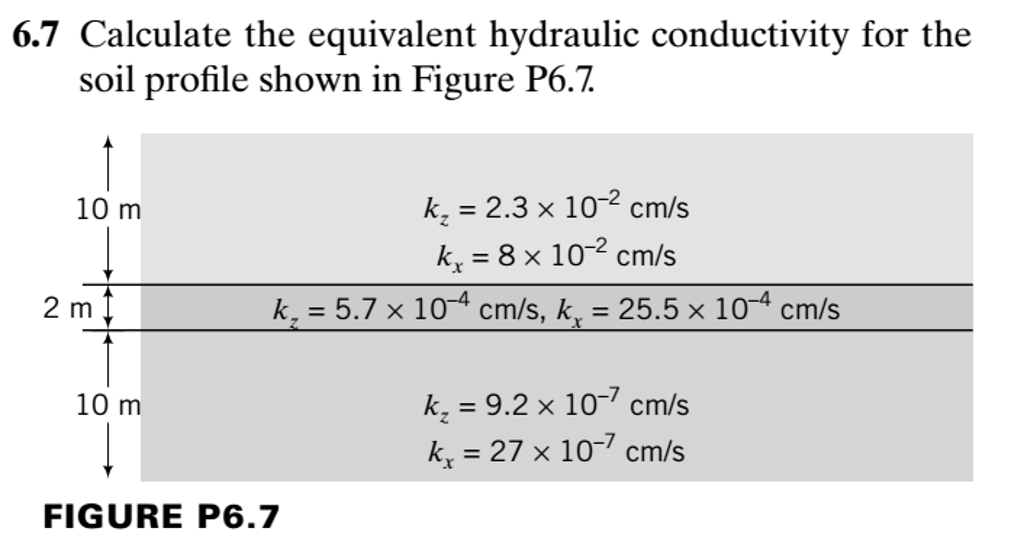

Furthermore, this study proposed an empirical expression to predict the risk of internal erosion in the sand-bentonite mixtures, and therefore of k being higher than planned.


Soils that are not transported are called residual soilsthey exist at the same location as the rock from which they were generated. The internal erosion of the tested mixtures was found to be influenced mainly by porosity, which can be reduced by properly selecting the sand particle size distribution and the bentonite percentage. Soil deposits are affected by the mechanism of transport and deposition to their location. Therefore, this paper discuses the influence of internal erosion of the mixtures under a given hydraulic gradient, on the final value of k. Nevertheless, hydraulic conductivity was found to increase with hydraulic pressures, especially for the 5% bentonite mixtures subjected to pressure above 40 kPa, suggesting some degree of internal erosion (washing out of particles). A bentonite content of 5% was found to be sufficient in reaching a hydraulic conductivity under 10 −9 m/s, when the liner material was compacted under near optimum moisture content. The total stored energy associated with a percolating water particle, called the hydraulic head, customarily symbolized by H, is a scalar quantity that results. The bentonite content and the dry unit weight of the samples were both important factors, significantly affecting the hydraulic conductivity of the liner material. Hydraulic Gradient and Stress Conditions-Elevated hydraulic gradients (e.g.,i > 100) typically are applied in laboratory hydraulic conductivity tests to. Gulf Coast, a gradient of 0.465 psi/ft is common. Rocky Mountains, a formation water gradient of 0.45 psi/ft is common. Fluid density is the controlling factor in the normal hydrostatic gradient. In the laboratory, this study investigated hydraulic conductivities of such mixtures at different hydraulic pressure (hydraulic gradient), dry unit weights, and bentonite contents. The hydrostatic pressure gradient is the rate of change in formation fluid pressure with depth. The use of sand-bentonite mixtures as liner materials for waste disposal is very common.


 0 kommentar(er)
0 kommentar(er)
